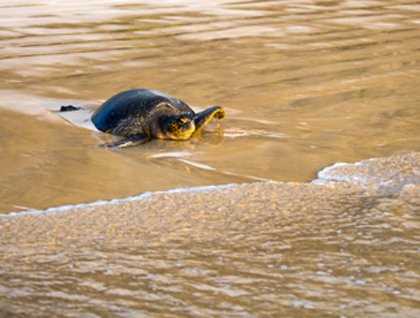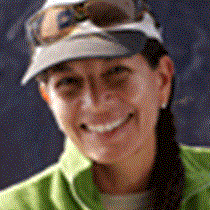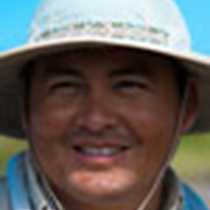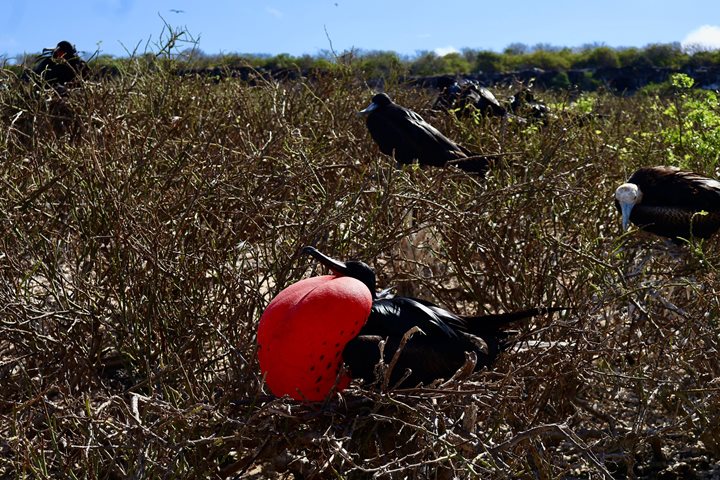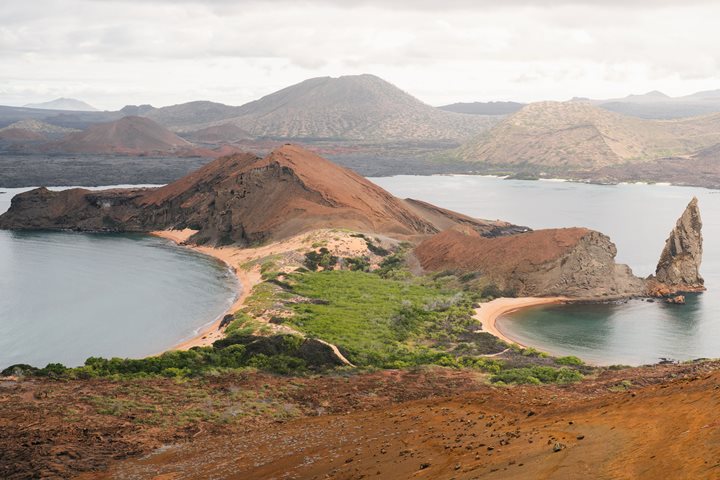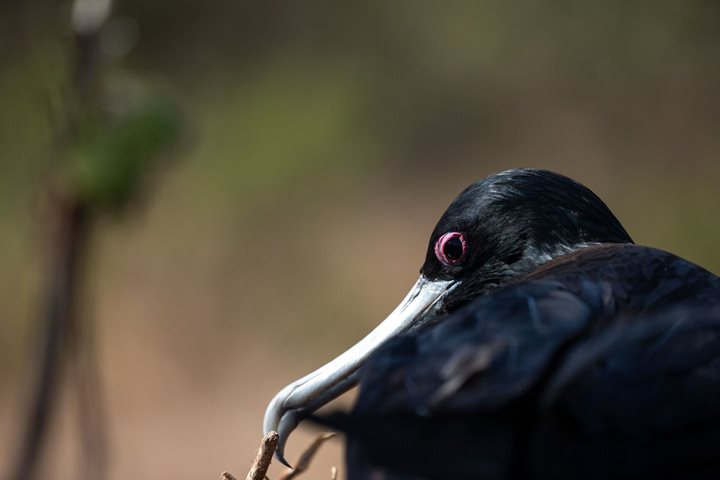Floreana Island, one of the four inhabited Islands in Galapagos, was named after the first president of Ecuador, Juan José Flores. It was during his administration that the government of Ecuador took possession of the archipelago. It was previously called Charles Island (after King Charles II of England), and Santa Maria after one of the caravels of Columbus.
The island has an area of 173 square kilometers (67 sq mi), and a small population of about 130 inhabitants has a very interesting human history since the discovery of the Islands in 1535 by the Spanish Bishop Tomas de Berlanga.
The island became a favorite stop for pirates, whalers and other visitors to the Galapagos. When it was still known as Charles Island in 1819, the island was set alight as a prank by helmsman Thomas Chappel from the Nantucket whaling ship the Essex. Being the height of the dry season, the fire soon burned out of control. It is believed that the fire contributed to the extinction of some species originally on the island.
In September 1835, the second voyage of HMS Beagle brought Charles Darwin to Charles Island. The ship's crew was greeted by Mr. Nicholas Lawson, acting for the Governor of Galápagos, and at the prison colony Darwin was told that tortoises differed in the shape of the shells from island to island, but this was not obvious on the islands that he visited and he did not bother to collect any of their shells.
In 1929, Friedrich Ritter and Dore Strauch arrived in Guayaquil from Berlin to settle on Floreana, and sent letters back that were widely reported in the press, encouraging others to follow. In 1932, Heinz and Margaret Wittmer arrived with their son Harry, and shortly afterwards their son Rolf was born there, the first citizen of the island to have been born in the Galápagos. Later in 1932, the self-described "Baroness" von Wagner Bosquet arrived with companions, but a series of strange disappearances and deaths (including possible murders) and the departure of Strauch left the Wittmers as the sole remaining inhabitants of the group who had settled there. Today, a small hotel is still managed by their descendants, and a documentary film recounting these events, “The Galapagos Affair”, was released in 2013.
The demands of these visitors, early settlers, and introduced species devastated much of the local wildlife. The endemic Floreana tortoise was declared extinct, and the endemic Floreana mockingbird nowadays is only found on the nearby islands of Gardner and Champion, with a remnant population of less than 200 individuals.
Today, in an early outing, our guests were able to visit one of the visitors sites, Punta Cormorant, on the north of the island. This site features a green beach made out of olivine crystals, a brackish lagoon with dozens of Greater (American) flamingos, and a beautiful white coral sand beach where many Pacific Green Sea turtles are nesting.
Later on, we took our guests for a Zodiac ride around Champion Islet, in the search of the elusive Charles mockingbird and other sea birds such as red billed tropic birds, Nazca boobies, swallow-tailed gulls, Galapagos shearwaters and brown noddy terns. To complete our morning activities, a deep water snorkeling excursion was planned. The sea conditions were excellent, offering one of the best opportunities to see the spectacular and unique marine ecosystem of the islands.
After lunch, the National Geographic Endeavour repositioned to a different location, called Post Office Bay, to visit one of the most popular and important historic sites of Galapagos, the Post Office. During the 19th century, whalers kept a wooden barrel here that served as a post office, where mail could be picked up and delivered to its destinations, mainly Europe and the United States, by ships on their way home. Today we keep this tradition alive, and every day of the year, visitors from all over the world leave and collect letters and postcards to be hand delivered. The rest of the afternoon was spent exploring the bay, with our kayaks and Zodiacs, to discover a sea lion colony, shallow waters with dozens of sea turtles, rays, and even white tipped reef sharks.
When the day was over, we took off from Floreana during sunset, with a fantastic view of the volcanic shape of Island, with its unique human history and wildlife.

